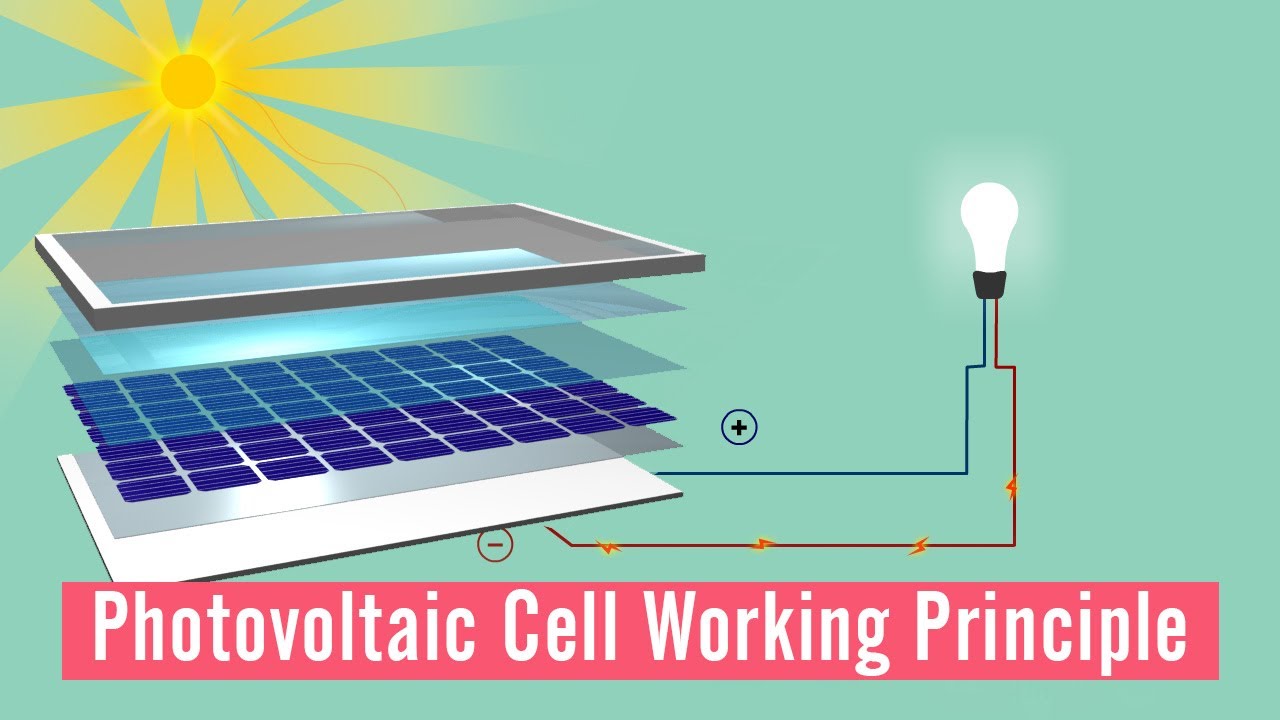Introduction to Solar Photovoltaic Technology
Solar photovoltaic (PV) technology is a transformative energy solution that harnesses the power of the sun to generate electricity. This technology has gained significant attention in recent years due to its environmental benefits, cost-effectiveness, and the urgent need for sustainable energy sources. In this comprehensive guide, we will delve into the workings of solar PV technology, its components, benefits, challenges, and future trends.
Understanding the Basics of Solar Energy
Solar energy is the energy derived from the sun’s rays. It is a renewable resource, meaning it can be replenished naturally and is not subject to depletion like fossil fuels. Solar energy can be harnessed in two primary ways:
- Solar Photovoltaics – Converts sunlight directly into electricity.
- Solar Thermal – Uses sunlight to heat water or air for residential or commercial use.
How Solar Photovoltaic Technology Works
The operation of solar PV technology is based on the photovoltaic effect, which is the process of converting light into electricity. Here’s a step-by-step breakdown of how it works:
1. Absorption of Sunlight
Solar panels, made up of numerous solar cells, absorb sunlight. These cells are typically made from silicon, a widely used semiconductor material. When sunlight hits the solar cells, it energizes the electrons in the silicon, causing them to move.
2. Generation of Direct Current (DC)
The movement of electrons generates a flow of direct current (DC) electricity. However, most homes and businesses operate on alternating current (AC) electricity, which is where the next component comes into play.
3. Inverter Conversion
The DC electricity generated by the solar panels is sent to an inverter, which converts it into AC electricity. This process is crucial for integrating solar energy into the existing electrical grid.
4. Usage and Distribution
The AC electricity can now be used to power household appliances, charge electric vehicles, or even be fed back into the electrical grid. In many cases, homeowners can receive credits for the excess energy they produce, a process known as net metering.
Components of Solar Photovoltaic Systems
A solar photovoltaic system consists of several key components that work together to convert sunlight into usable electricity:
- Solar Panels – The most visible part of a PV system, consisting of multiple solar cells.
- Inverter – Converts DC electricity to AC electricity.
- Mounting System – Secures the solar panels to the roof or ground.
- Battery Storage – Optional component that stores excess energy for later use.
- Charge Controller – Regulates the voltage and current coming from the solar panels to the batteries.
Benefits of Solar Photovoltaic Technology
The adoption of solar PV technology offers numerous advantages:
- Environmental Impact – Solar energy is a clean source of power that reduces greenhouse gas emissions and reliance on fossil fuels.
- Cost Savings – After the initial investment, solar energy can significantly lower electricity bills.
- Energy Independence – Utilizing solar power reduces dependence on external energy sources and enhances energy security.
- Job Creation – The solar industry has become a significant source of employment, creating jobs in manufacturing, installation, and maintenance.
- Increased Property Value – Homes with solar energy systems often have higher property values and sell faster than those without.
Challenges Facing Solar Photovoltaic Technology
Despite its many benefits, solar photovoltaic technology does face several challenges:
- Initial Costs – The upfront investment for solar panels and installation can be high, although prices have been decreasing over the years.
- Intermittency – Solar energy generation is dependent on sunlight, which can be inconsistent due to weather conditions or time of day.
- Space Requirements – Solar panels require a significant amount of space, which can be a limitation in urban areas.
- Recycling and Waste – The disposal of old solar panels poses environmental concerns, necessitating effective recycling methods.
Advancements in Solar Photovoltaic Technology
Research and development in solar PV technology continue to evolve, leading to exciting advancements:
- Higher Efficiency Rates – New materials and designs are increasing the efficiency of solar cells, allowing for more electricity generation from the same amount of sunlight.
- Building-Integrated Photovoltaics (BIPV) – This innovative approach integrates solar panels into building materials, such as windows and roofs, enhancing aesthetics while generating energy.
- Floating Solar Farms – Installing solar panels on bodies of water can minimize land use and reduce evaporation.
- Perovskite Solar Cells – Emerging technologies utilizing perovskite materials promise to revolutionize the industry with lower production costs and higher efficiency.
The Future of Solar Photovoltaic Technology
The future of solar photovoltaic technology looks promising as global awareness of climate change and the need for sustainable energy sources increases. Here are some trends to watch for:
- Increased Adoption – More homeowners and businesses are expected to adopt solar PV systems, driven by falling costs and favorable policies.
- Integration with Smart Grids – The development of smart grids will allow for better energy management and distribution, optimizing the use of solar energy.
- Government Incentives – Many governments continue to offer tax credits, rebates, and other incentives to encourage solar energy adoption.
- Global Expansion – Developing countries are increasingly investing in solar technology to meet their energy needs sustainably.
Conclusion
Solar photovoltaic technology represents a significant step toward a more sustainable and environmentally friendly energy future. With its numerous benefits, ongoing advancements, and the increasing demand for renewable energy, solar PV technology is set to play a pivotal role in the global energy landscape. By understanding its workings, components, benefits, and challenges, individuals and businesses can make informed decisions about adopting this innovative energy solution.
